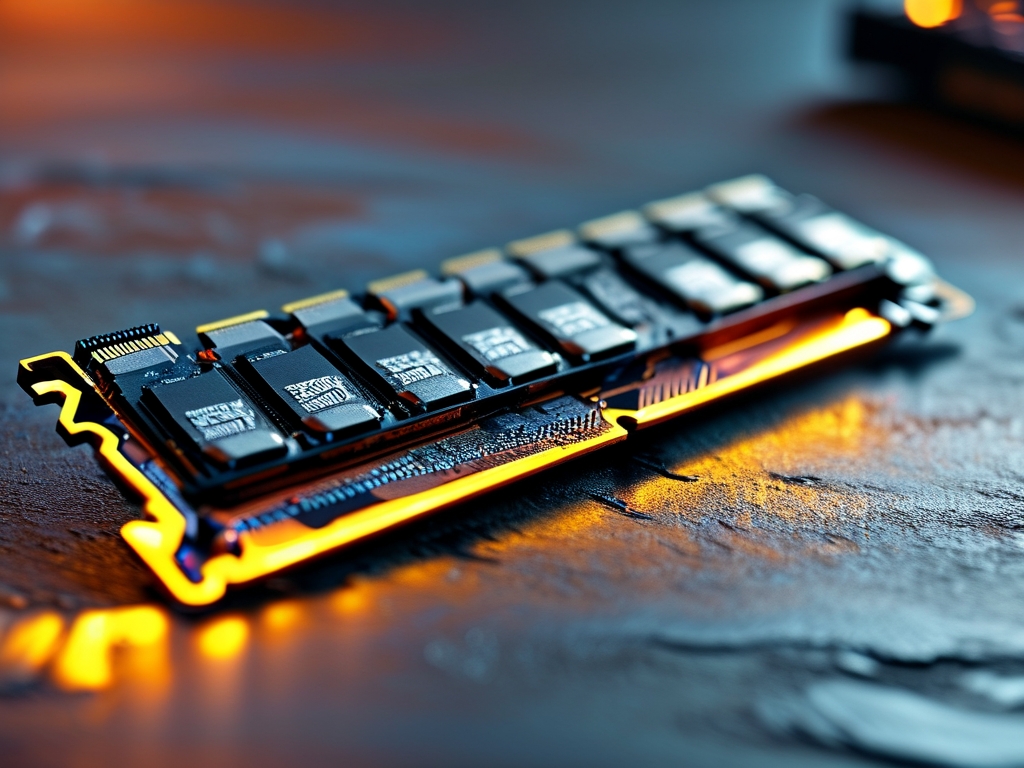In modern computing systems, memory organization plays a critical role in optimizing performance. Among the technical concepts, understanding how bankgroups function within memory modules is essential for hardware designers, system integrators, and enthusiasts aiming to maximize data throughput. This article explores the methodology for calculating bankgroups in memory modules while clarifying related architectural principles.

Fundamentals of Memory Architecture
A memory module consists of multiple banks, which are subdivided into smaller units called bankgroups. These structures enable parallel data access, reducing latency and improving efficiency. Each bankgroup operates semi-independently, allowing the memory controller to manage multiple read/write operations simultaneously. The number of bankgroups per module varies depending on the memory standard (e.g., DDR4, DDR5) and manufacturer specifications.
Key Parameters for Calculation
To calculate the number of bankgroups, three primary factors must be considered:
- Total Banks per Rank: A rank refers to a set of memory chips working in unison. For example, a DDR4 module might have 16 banks per rank.
- Bankgroup Size: This is determined by the memory technology. DDR4 typically groups 4 banks into one bankgroup, while DDR5 may use larger groupings.
- Module Configuration: Dual-rank or quad-rank modules affect how bankgroups are distributed across physical chips.
A simplified formula for bankgroup calculation is:
Total Bankgroups = (Banks per Rank) / (Banks per Group) For instance, a DDR4 module with 16 banks per rank and 4 banks per group yields 4 bankgroups. This configuration allows the memory controller to interleave commands across groups, significantly enhancing bandwidth utilization.
Impact of Bankgroups on Performance
Bankgroup partitioning directly influences command scheduling efficiency. When operations are spread across multiple bankgroups, the memory controller avoids "bank conflicts" that occur when accessing the same bank repeatedly. This design is particularly beneficial for workloads requiring high random access speeds, such as database management or real-time data processing.
However, mismanagement of bankgroup allocation can lead to suboptimal performance. For example, if an application disproportionately accesses one bankgroup, the benefits of parallelism diminish. Modern memory controllers employ advanced algorithms to distribute access patterns evenly, but hardware-level planning remains crucial.
Case Study: DDR4 vs. DDR5
Comparing DDR4 and DDR5 highlights evolving bankgroup strategies. DDR4 modules commonly use 4 bankgroups, whereas DDR5 increases this to 8 or 16. This expansion allows DDR5 to handle more concurrent operations, achieving higher data rates despite similar underlying bank structures. The calculation methodology adapts accordingly:
// DDR5 Example
int banksPerRank = 32;
int banksPerGroup = 4;
int bankgroups = banksPerRank / banksPerGroup; // Result: 8 This scalability demonstrates how bankgroup design evolves to meet growing performance demands.
Practical Considerations
When designing or upgrading systems, engineers must verify memory controller compatibility. Older controllers might not support the bankgroup configurations of newer modules, leading to operational bottlenecks. Additionally, overclocking enthusiasts should note that altering timings or frequencies can destabilize bankgroup synchronization, requiring careful voltage adjustments.
Calculating memory module bankgroups requires a clear understanding of architectural hierarchies and technical specifications. By leveraging the relationship between banks, ranks, and bankgroups, professionals can optimize memory subsystems for specific workloads. As memory technologies advance, these principles will continue to underpin innovations in data transfer efficiency and system responsiveness.







